Table of Contents
The collaboration between UCLA, Singapore’s national water agency, and other stakeholders represents a significant leap forward in the battle against climate change. By developing the Equatic-1 Project, these partners aim to deploy cutting-edge technology to address the pressing issue of atmospheric carbon dioxide (CO2) levels while simultaneously producing carbon-negative hydrogen.
This endeavor holds immense promise in mitigating the effects of greenhouse gas emissions and accelerating the transition to a sustainable future.Explore the groundbreaking Equatic-1 project, advancing carbon removal technology to combat climate change through innovative ocean-based solutions for a sustainable future
The Equatic Process:
The Equatic-1 Project represents a groundbreaking leap in the quest for effective carbon removal technologies. At its core lies the Equatic process, a novel technique that harnesses the power of electrolysis to extract hydrogen and oxygen from seawater.
When an electrical current is applied to the water, it splits the H2O molecules into their elemental components, releasing hydrogen gas and oxygen. However, this process goes beyond just hydrogen production; it also facilitates the capture of dissolved carbon dioxide (CO2) from both the seawater and the surrounding atmosphere.
The innovative aspect of this approach is that it doesn’t just extract CO2—it actively converts it into solid materials, specifically calcium and magnesium carbonates, through chemical reactions. These solid carbonates can then be safely stored or utilized in various industries, effectively removing CO2 from the environment.
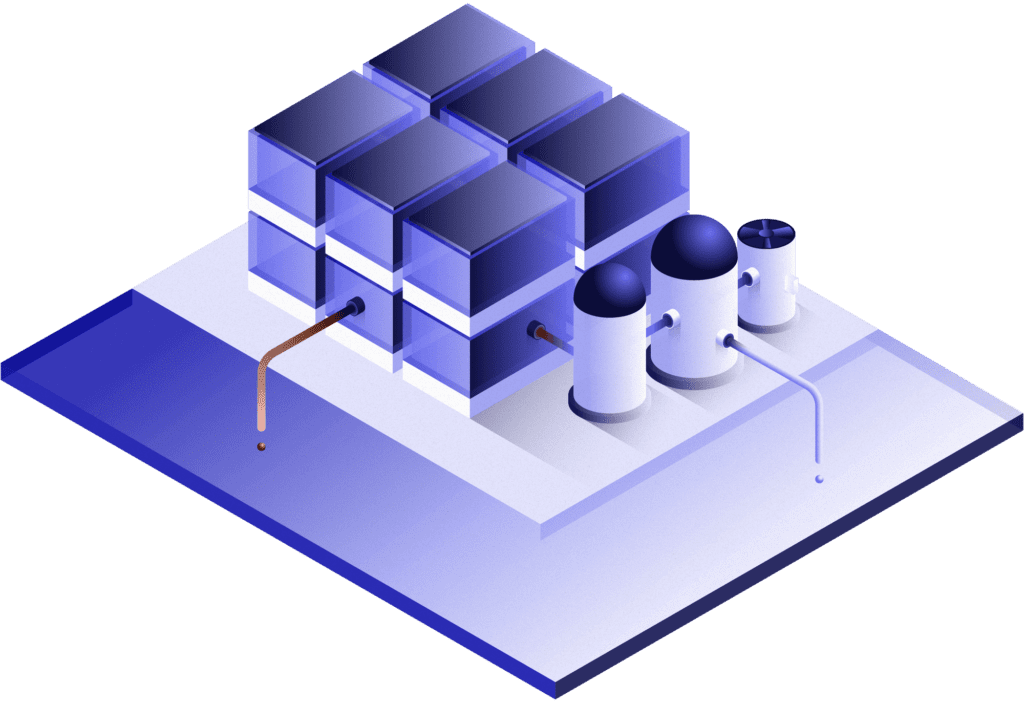
One of the most significant benefits of the Equatic-1 process is its potential to enhance the oceans’ natural carbon storage capabilities. The chemical reaction that occurs during electrolysis not only captures atmospheric CO2 but also promotes the formation of stable minerals that can lock carbon away for centuries. This process mirrors natural oceanic carbon sequestration but accelerates it and makes it more efficient.
By utilizing the ocean’s vast capacity for storing carbon, the Equatic-1 project contributes to the global effort of mitigating climate change. It not only removes CO2 from the atmosphere but also improves the ocean’s ability to act as a long-term carbon sink. This dual impact positions the Equatic-1 as a promising technology in the fight against rising global temperatures, potentially playing a crucial role in achieving net-zero emissions.
The Equatic-1 Plant:
The forthcoming Equatic-1 plant, set to be constructed in Singapore, represents a pivotal milestone in carbon removal efforts. With its modular design and state-of-the-art technology, Equatic-1 is poised to remove significant quantities of CO2 from seawater and the atmosphere.
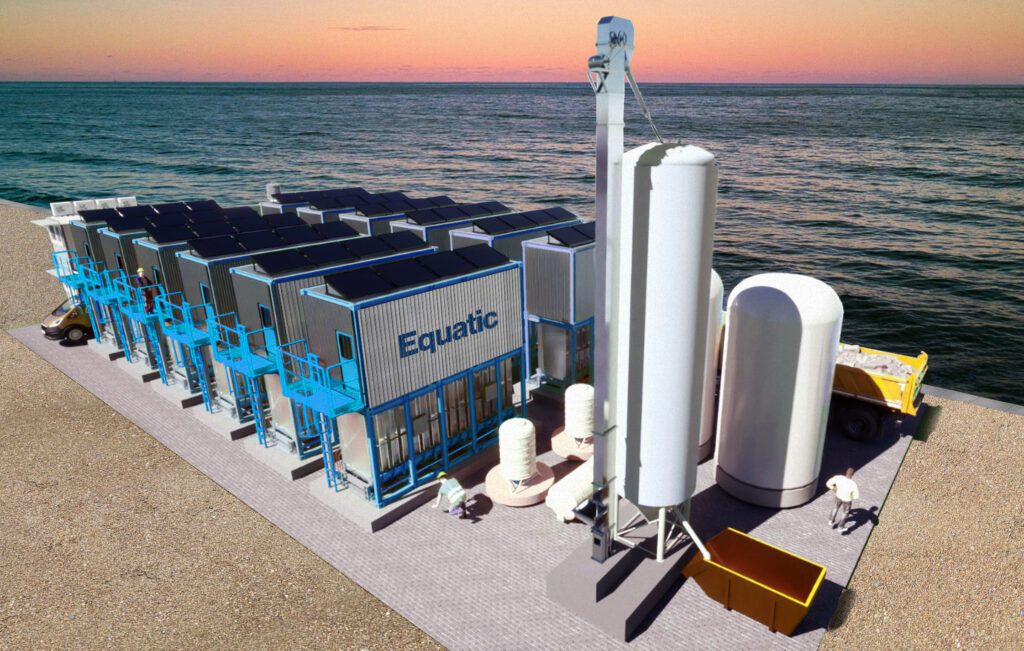
The project’s ambitious goals include the removal of up to 10 metric tons of CO2 per day, marking a substantial advancement from previous pilot programs. Additionally, Equatic-1 will produce carbon-negative hydrogen, further bolstering its potential to drive decarbonization efforts across various sectors.
Collaborative Efforts and Environmental Impact:
The Equatic-1 Project underscores the power of collaboration between academia, government, and the private sector in tackling complex environmental challenges. By joining forces, UCLA, Singapore’s national water agency, and other partners demonstrate a shared commitment to innovation and sustainability.
Moreover, Equatic-1 aligns with Singapore’s ambitious target of achieving net-zero emissions by 2045, highlighting the project’s significance in advancing global climate goals.
Technological Advancements and Future Implications:
The incorporation of selective anodes, developed with support from the US Department of Energy’s ARPA-E, further enhances the efficiency and scalability of the Equatic process. This breakthrough not only streamlines carbon capture but also facilitates the production of oxygen while eliminating unwanted chlorine byproducts.
As Equatic-1 paves the way for large-scale carbon dioxide removal and hydrogen production, it offers a promising pathway toward a cleaner, more sustainable future. Moreover, the project’s success holds implications beyond Singapore, offering valuable insights and solutions for global carbon mitigation efforts.

The Equatic-1 Project represents a groundbreaking initiative at the forefront of carbon removal technology. By harnessing the potential of seawater and leveraging innovative processes, Equatic-1 holds immense promise in combating climate change and accelerating the transition to a low-carbon economy.
As stakeholders continue to collaborate and innovate, projects like Equatic-1 offer a beacon of hope in the fight against climate change, showcasing the transformative power of science, technology, and collective action.
Related Posts
















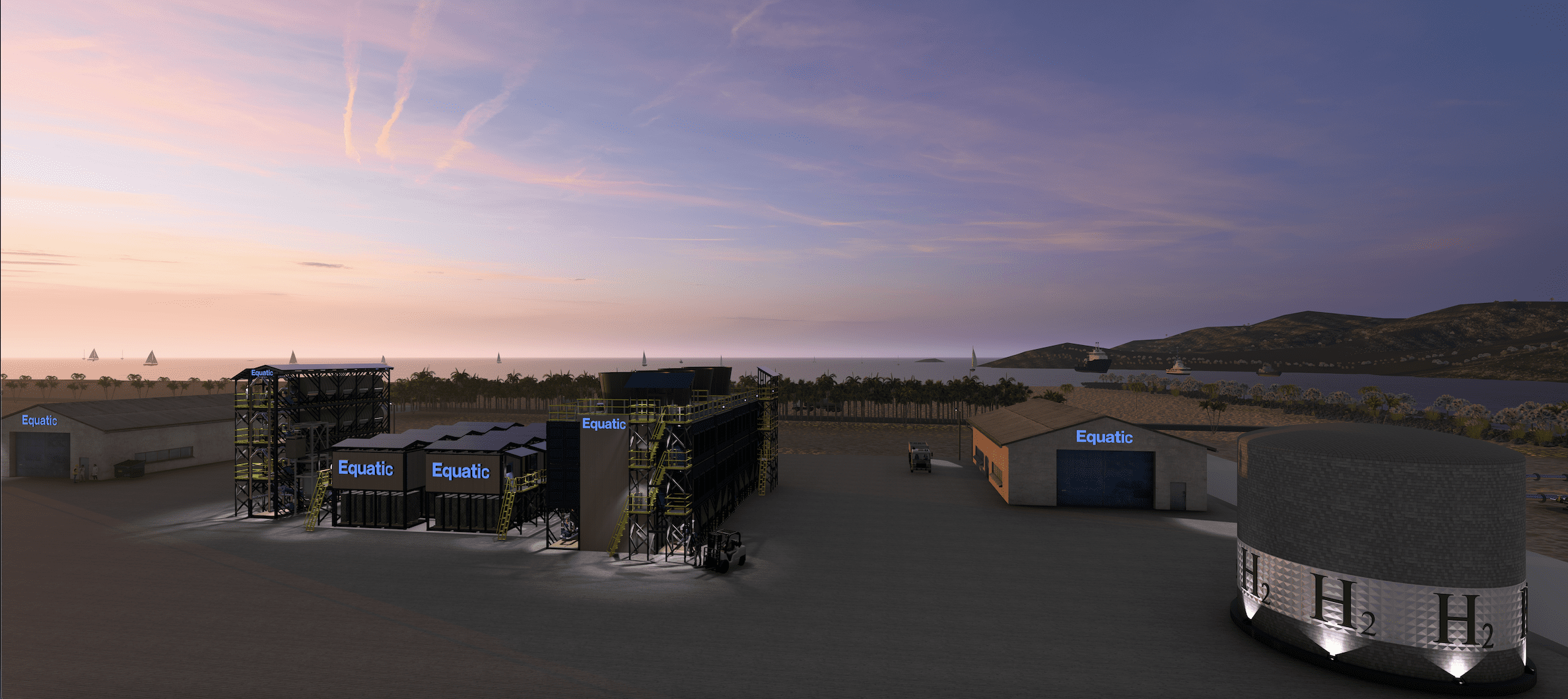
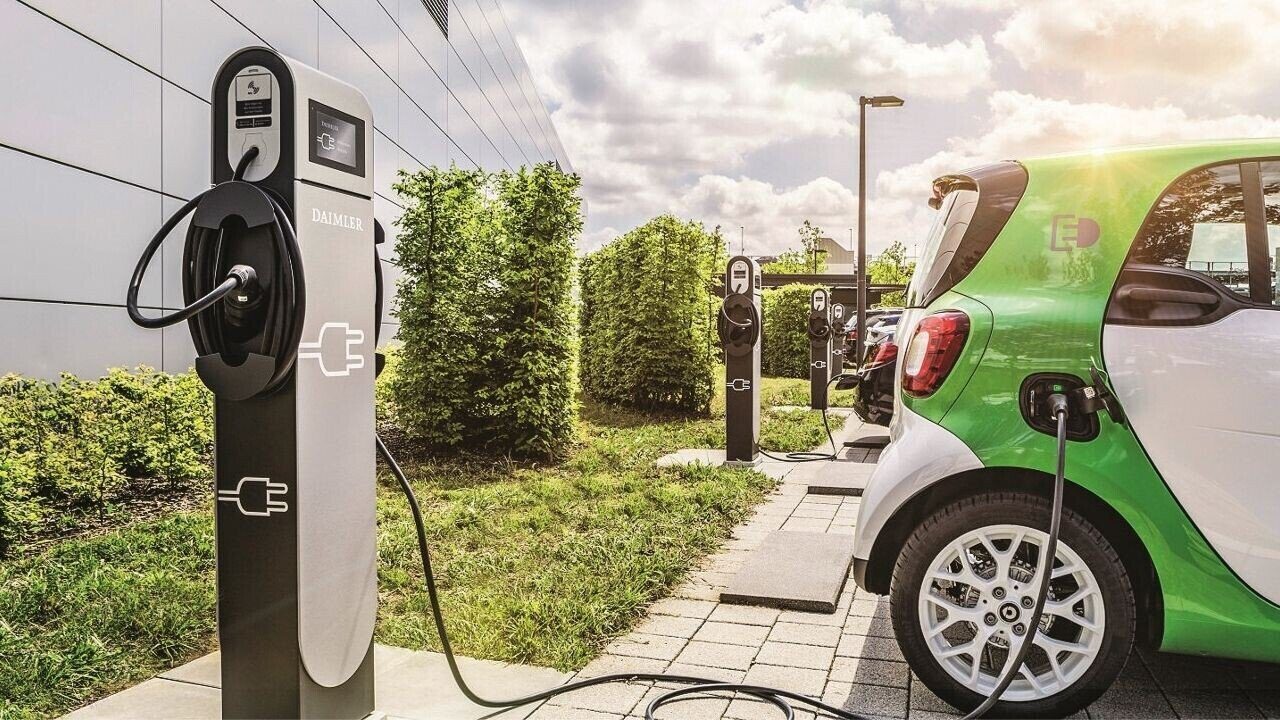



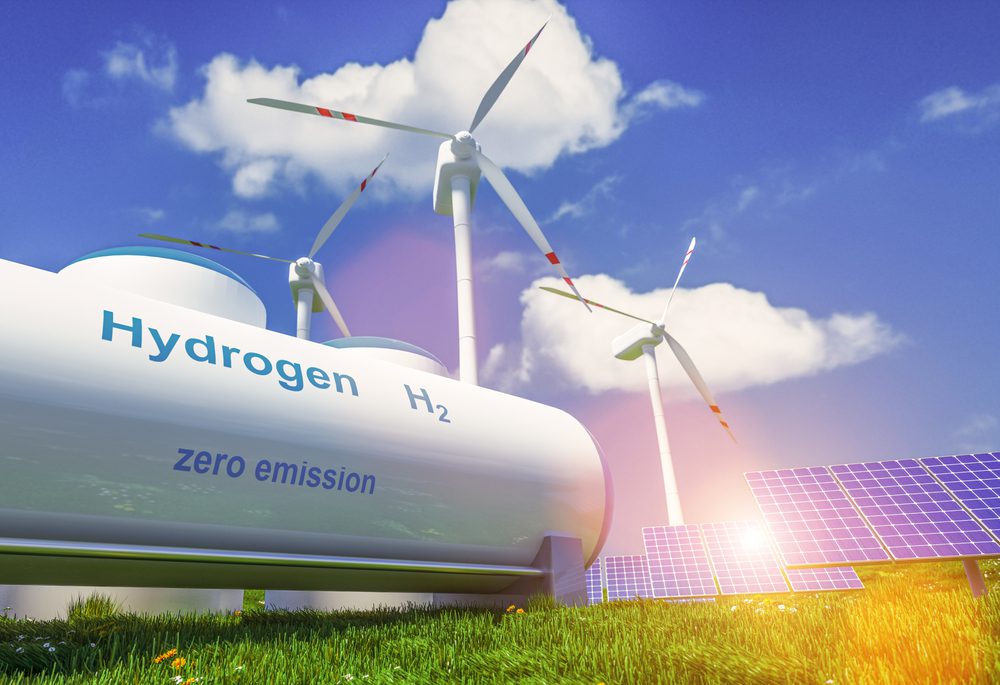
Leave feedback about this